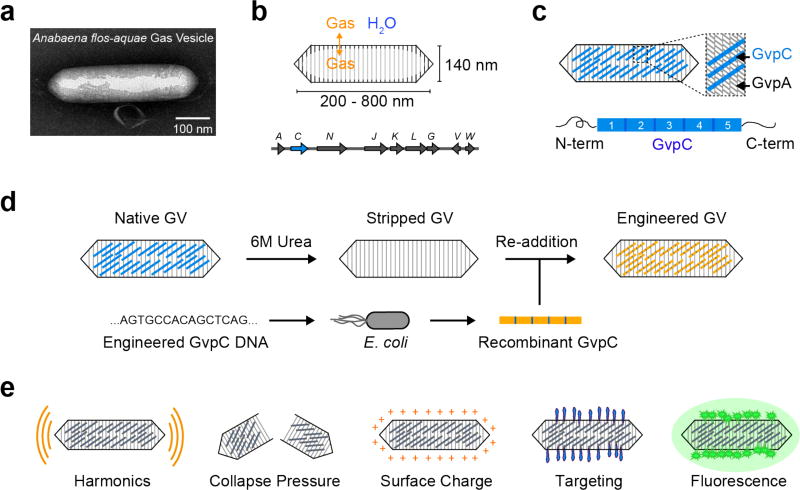Figure 1. Molecular engineering platform for acoustic protein nanostructures.
(a) Transmission Electron Microscopy (TEM) image of a single Ana GV. (b) Schematic illustration of Ana GV, and the gene cluster encoding GvpA, GvpC and several other essential proteins. (c) GvpA and GvpC are the two major structural constituents of GVs, with GvpA ribs (gray) forming the primary GV shell and the outer scaffold protein GvpC (blue) conferring structural integrity. Each GvpC molecule has five 33- amino acid repeats flanked by N- and C- terminal regions (d) Paradigm for modular genetic engineering of Ana GVs. Native gas vesicles are treated with 6M urea to produce stripped Ana GVs without native GvpC (blue). Genetically engineered GvpC is recombinantly expressed in Escherichia coli (orange) and added to the stripped Ana GVs during dialysis to create engineered GVs with a modified GvpC layer. (e) GvpC engineering can be used to modulate the properties of acoustic GV nanostructures including their harmonic response, collapse pressure, surface charge, targeting specificity and fluorescence.

